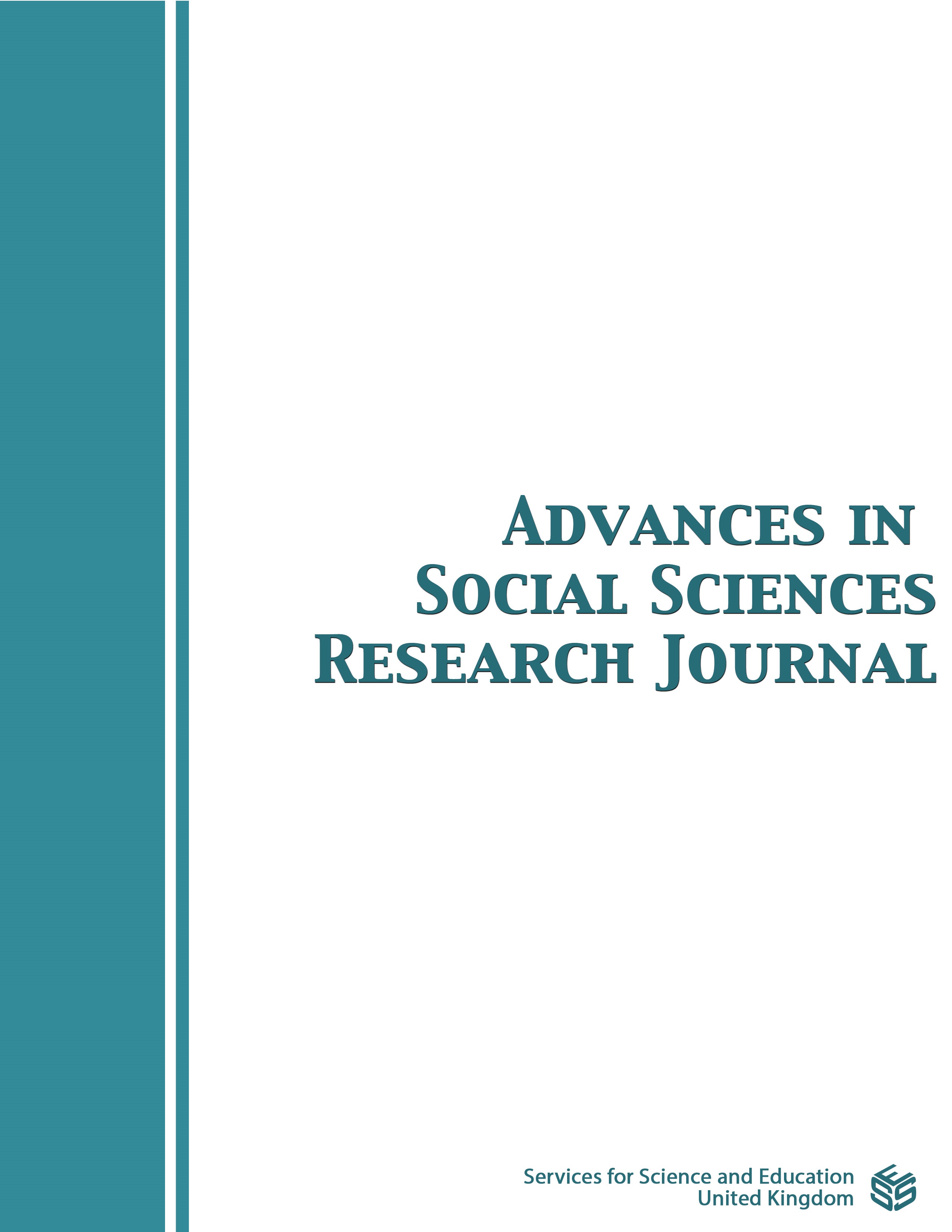Measuring Healthcare Cross-Cultural Competencies: A Pilot Survey with University Students
DOI:
https://doi.org/10.14738/assrj.103.14130Keywords:
cross-cultural communication, intercultural, competency, accent, cultural competence, healthcareAbstract
Background: Accent-related difficulties and perceptions create communication barriers that affect patient safety and quality of care. However, healthcare communication trainings seldom measure how students’ knowledge, attitude, and skills shift with regard to the actual perception of the cross-cultural communication, including accent differences. Method: This pilot study assessed baseline knowledge and stereotypes regarding accents through a 42-item questionnaire survey, the Cross-Cultural Communication Quotient (CCQ). The survey was administered across five classes in two universities. Results: 186 (85% females) respondents were included in the analyses. Results showed the average score for knowledge is 65%; stereotypes: 67%; and competency: 66%. Higher scores of accent knowledge are associated with higher levels of competency (rho=0.18, p=0.015). Higher stereotype scores (lower levels of accent stereotype beliefs) are associated with higher levels of competency (rho=0.15, p=0.048). Interestingly, higher knowledge scores are associated with lower stereotype scores (i.e., higher levels of stereotype beliefs), suggesting that more knowledge does not prevent stereotype beliefs (rho=-0.34, p<0.001). Conclusions: Findings suggest that knowledge and stereotypes are both reliable predictors of competency in cross-cultural communication. Many gaps in students’ knowledge of accent-shaping, and presence of stereotypes related to accents identify the need to build competencies in this area of cultural competence. Furthermore, higher level of knowledge does not prevent or reduce stereotype beliefs. We recommend developing healthcare education curricular programs that focus more intentionally on addressing stereotypes, in addition to the more traditional knowledge-building elements.
References
Downloads
Published
How to Cite
Issue
Section
License
Copyright (c) 2023 Amee P. Shah, Ph.D., CCC-SLP , Yulong Gu, Ph.D.

This work is licensed under a Creative Commons Attribution 4.0 International License.
Authors wishing to include figures, tables, or text passages that have already been published elsewhere are required to obtain permission from the copyright owner(s) for both the print and online format and to include evidence that such permission has been granted when submitting their papers. Any material received without such evidence will be assumed to originate from the authors.






